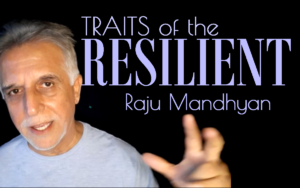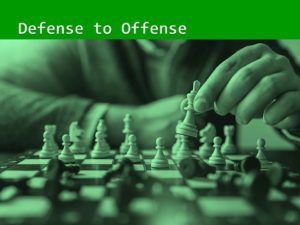Mastering Happiness
Back in 2008, months into the financial crisis, I used to walk around with my head hung low and heave cold sighs over the fact that I had been foolish enough to let my life’s savings disappear. It was as if I were walking around with a large, dark, gloomy, turban of doom. 
“Now that it is all done and you cannot undo it, why don’t you just DECIDE to let it all go and DO happy instead of waiting for miracles to happen?” said my son to me.
His words crashed unto me the way a fresh, new wave splashes when you think the all-around stink and staleness will sink and suck you in.
Not ‘BE’ happy but ‘DO’ happy. That did not just get me thinking but it had me getting up and going to go grab a fistful of my own sky.
There are three basic reasons that push people down the unhappiness ravines:
One, we fail at securing safety, survival, belonging, recognition and fulfillment needs in reality. In essence, we slide down Maslow’s pyramid of needs at life.
Two, we consistently and constantly berate ourselves at why we may have failed. Thus, we keep regretting past actions and convert our present day into living hell. We do not let go.
Three, we constantly try to ‘keep up with the Joneses’ of our lives even though we may be way up on Maslow’s pyramid of needs. We keep comparing, envying and wanting.
Now I agree, 2020 has been one large, unhappy year for the whole world. We, as a civilization slid down the happiness scale head first. The reasons were real. They were acts of nature.
Inspired by the neurosciences and neuropsychology, and my personal practices may I suggest five easy steps for you to not just pursue but master and sustain personal levels of happiness.
- Accept Changing Realities. Not just that change is a constant outside but also inside of you. Your world and you are in a constant state of flux and what is true today may not stay true tomorrow.
- Focus on What Works. In most circumstances, in the most broken-down systems, there will always be a speck of life, hope, and possibility. Focus on that little good and start weaving your life from that edge.
- Relive Positives of Life. Make a cognitive, willful effort to remember and rejuvenate positive and happy incidents from the past way more than delving on failures and sorrow.
- Think, Therefore You Are. If you trust that, to achieve happiness and ‘do’ happy is in your hands then it has an autotelic effort on your mind and your personal productivity.
- Physiology drives Psychology and Vice Versa. When sad do physically fulfilling things. Most people, when anxious by default take a walk. When physically stressed rest your mind. Meditate.
Practicing, immersing and making this five-step process a living mantra for yourself will build your happiness muscles. You will stop expecting to ‘be’ happy someday or ‘have’ things happen in life that will boost your happiness quotient. Practicing these five steps meticulously will help you not pursue but master happiness for life. You will habitually focus on DOing things right and productive and happiness generating.
Sometimes it makes me wonder, ‘what if “our fathers.” per Lincoln would have written, “preservation of life, liberty, and the mastery of happiness,” instead of ‘pursuit of happiness’ back in in 1776 when they drafted the American constitution?’
Think about it.
Watch the video on Mastering Happiness here
Download the powerpoint on Happiness and Engagement here
Attend a free conference on Happiness on 12/26/2020 using this link:




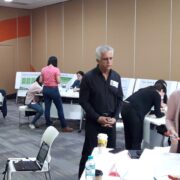
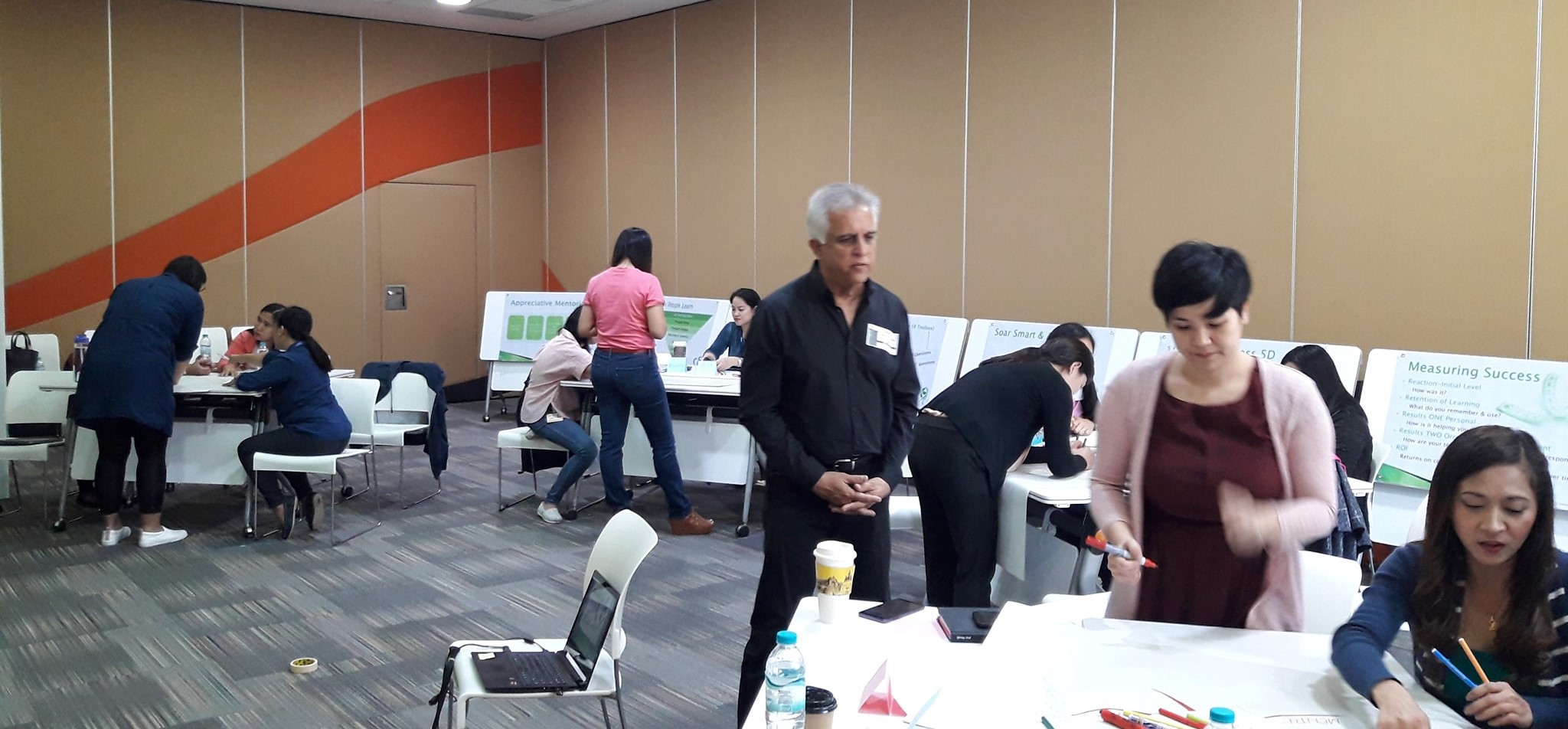









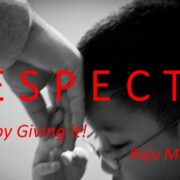
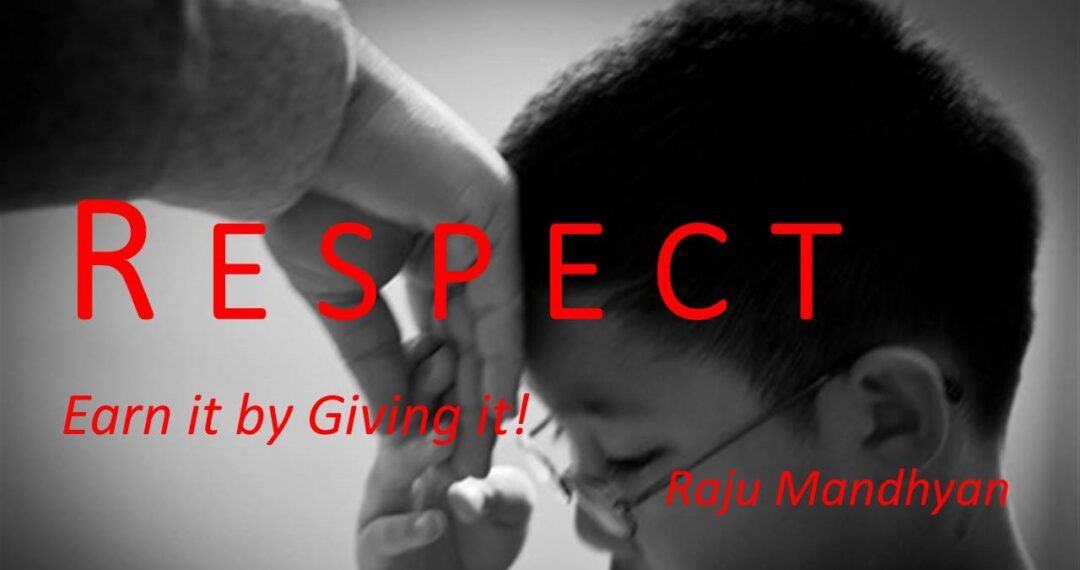


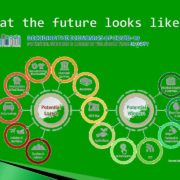
 stay steady.
stay steady.